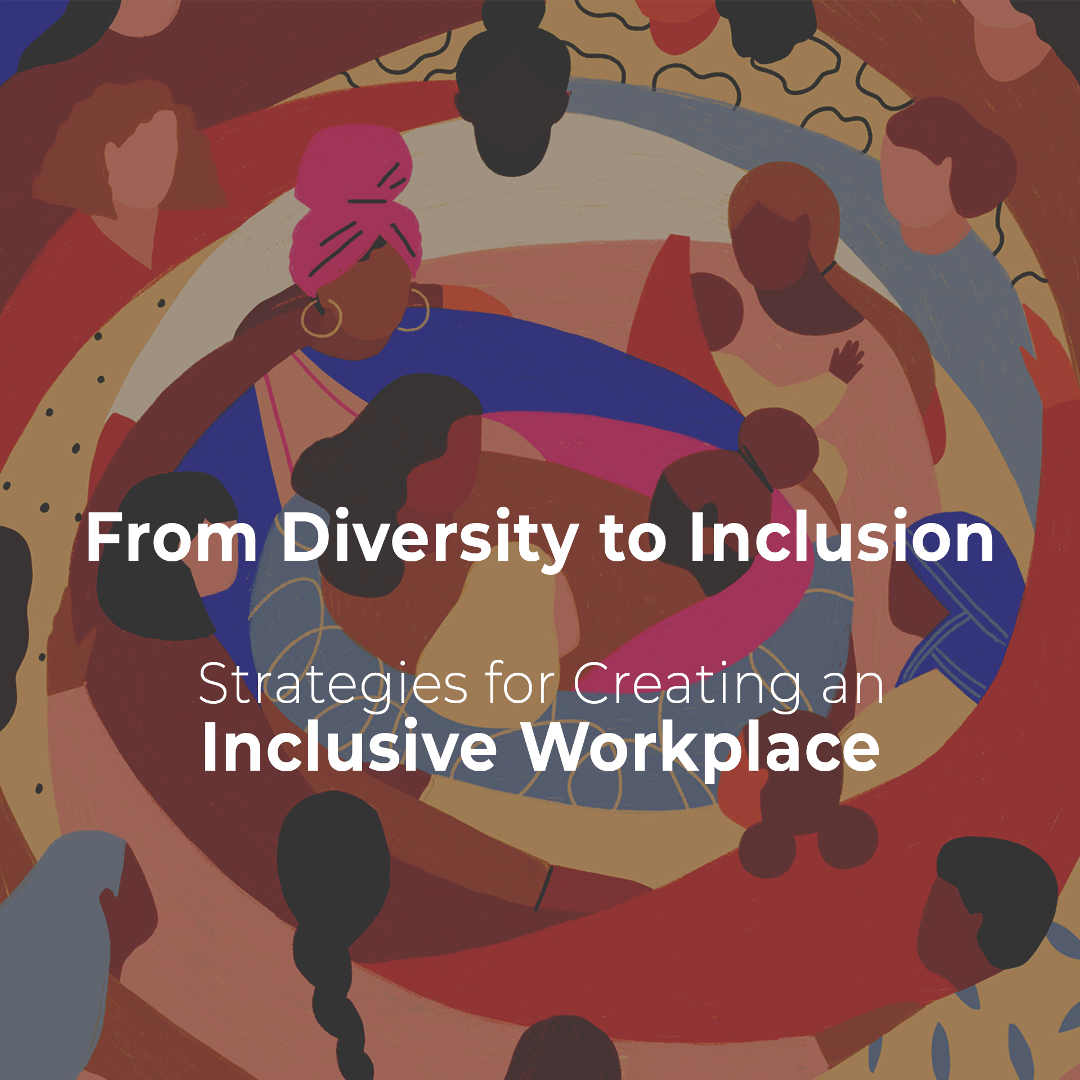Overview:
- An average Indian worker works for 48 hours weekly, according to the Global Wage Report.
- Companies that follow an inclusive leadership approach outperform their competitors according to Deloitte.
- An inclusive leader remains aware of their biases and doesn’t let them affect their decisions.
- An inclusive workplace builds a foundation for trust and harmony, leading to organizational growth
- Diversity is everywhere, but inclusion only works at an organization that makes it happen.
Diversity and inclusion wanted to eat snacks at the tea break. There were many options, but everyone could choose just one snack. Inclusion wanted to give her opinion, but she did not have a voice.
“What divides us pales in comparison to what unites us.” – Edward Kennedy
According to the Global Wage Report, an Indian worker, on average, works for up to 48 hours a week. Indians are considered one of the most hard-working people in the world. Yet, a person wants to work harder only if the workplace provides a safe physical and mental space. A rise in suicides among the working population has also been identified. The Times of India emphasized that work stress, workplace discrimination, and a lack of work-life balance are the major reasons. Is there any solution to this alarming situation?

Every organization has heard the terms diversity, inclusion, and equity, but not all of them can implement them. There is one thing that we talk about, but this situation demands action and not just theory. It is high time that organizations understand the benefits of diversity and inclusion in the workplace. It is then that they can focus on bringing inclusive leadership approaches, inclusive hiring practices, and inclusivity into the workplace.
What Is Inclusive Leadership?
There are two aspects of inclusive leadership. Firstly, it does not discriminate among the employees and focuses on the collective growth of individuals and the organization. Another is that the employees feel heard and valued and perform better than ever. Companies that follow an inclusive leadership approach outperform their competitors according to the research from Deloitte. An inclusive leader understands the values of empathy, and effective communication to target the optimum efficiency among the employees.
The Six Cs of Inclusive Leadership
The 6 Cs of inclusive leadership help in understanding the traits of an effective leader. All organizational leaders should aim to tick all the boxes of this inclusive leadership assessment to reach their utmost potential.
1. Commitment
Your actions determine whether people will trust your credibility or not. You should not just say but mean and commit to the principle of inclusion. Taking action in the right direction and implementing diversity and inclusion in the workplace is the ultimate goal.
2. Courage
An inclusive leader will be authentic with genuine intentions toward the growth of each individual. Accepting and learning from one’s mistakes goes a long way and shows the courage and truthful nature of a leader.
3. Cognizance of Bias
Every individual carries biases according to their experiences in life. An inclusive leader remains aware of their biases and does not let them hamper their decision-making ability. Choosing an unbiased opinion over a biased one takes courage, and shows the credibility of an individual.
4. Curiosity
An efficient leader is genuinely curious about others’ perspectives and always open to learning from their surroundings. They remain flexible enough to adapt and provide equal respect for everyone’s opinions.

5. Cultural Intelligence
An inclusive leader is open to learning more about various cultures and adapting wherever necessary. Only a culturally intelligent leader can respect and understand the differences yet similarities among the various cultures of the world.
6. Collaboration
Leaders do not lead from the front, they empower others to lead, while patiently carving the path from the back. They create a culture where people feel valued and genuinely want to share their perspectives and contribute toward organizational growth.
Six Strategies for Creating an Inclusive Workplace
Inclusion is a choice that an organization makes for its employees. Every organization aims at creating an inclusive workplace, but not everybody achieves the same. The provided checklist for inclusive workplace assessment above helps in determining how far an organization has come. These components below can act as a starting point for strategies for creating an inclusive workplace.
1. Establish an Inclusive Organizational Culture
An organizational culture determines how the employees and the organization will grow in the coming years. An organization where employees feel heard, valued, and respected will perform better and grow double the amount of their competitors. Establishing an inclusive culture focuses on their employees’ needs, hopes, and values, and makes sure that they feel satisfied.
2. Engage in Inclusive Leadership Training
An inclusive leadership training program can include focusing on the six Cs and driving change from within. If employees focus on achieving the qualities of an inclusive leader, the roadmap toward inclusive growth will be attainable.
3. Embrace the Cultural Differences
Our differences make us unique and different from each other. It is up to us, whether we see them as a hindrance or a different learning opportunity altogether. The organizations should focus on embracing and growing alongside cultural diversity.

4. Establish Inclusive Recruitment Practices
Inclusive recruitment practices include hiring without biases and judgments, to ensure that everyone gets an equal chance of representation. An organization’s focus should be on the candidate’s skills and what he or she is bringing to the table. Research shows that 86% of the candidates consider diversity and inclusion as a workplace necessity. From an organization’s perspective as well, inclusive recruitment practices lead to overall growth in the coming future.
5. Encourage a Culture of Mutual Trust and Belonging
An inclusive workplace creates a foundation for trust and harmony, which leads to higher levels of productivity and organizational growth. When people believe that they belong somewhere, they are more likely to engage and focus on growth. Mutual trust, respect, and belonging ensure that the organization cares for its employees. They also feel welcomed to engage, express, and empower each other, and the organization.
6. Enhance Effective Communication and Genuine Interest
Effectively communicating your opinions is the key to the personal and professional growth of any organization. When an organization is interested in its employees, they feel the warmth and provide their utmost efficiency to the organization. This creates a culture of trust, mutual respect, and understanding, which every organization needs and desires in today’s world.
Conclusion
Inclusivity is a path and not a destination that we can reach one day. It is our everyday efforts towards becoming a better human being and doing good with others. An organization should focus on effective communication, transparency, and building trust among its employees to create an inclusive workplace. Also, the provided strategies for creating an inclusive workplace also work wonders if implemented correctly. It should not be forgotten that diversity is everywhere, but inclusion only works at an organization that makes it happen.
FAQs:
What are a few examples of diversity and inclusion in the workplace?
- Avoiding speaking gendered language, and using neutral language.
- Removing names from the hiring process to stay unbiased.
- Regular anonymous surveys to ensure that everyone has a voice.
How to promote diversity and inclusion in the workplace as an employee?
- Care about your co-workers
- Carry unbiased opinions
- Communicate effectively with your colleagues and the management
- Use pronouns carefully to avoid hurting anyone
- Do not pass judgments and take a stand if someone else passes judgments
- Become actually curious about others
What are the examples of poor inclusion in the workplace?
- Rigid management policies
- Lack of diversity among the employees
- Focus on just a few employees
- Discrimination on the basis of color, caste, gender, race, etc
- Overt discrimination
- Biased behaviors


